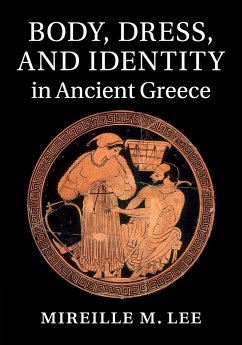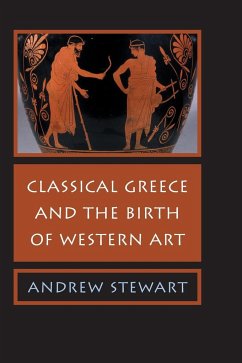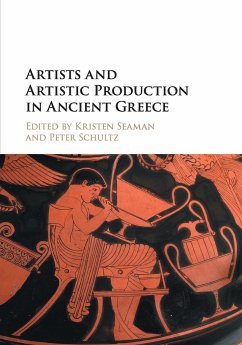
Art in Ancient Greece
Versandkostenfrei!
Versandfertig in 6-10 Tagen
26,99 €
inkl. MwSt.

PAYBACK Punkte
13 °P sammeln!
High Quality Content by WIKIPEDIA articles! The arts of ancient Greece have exercised an enormous influence on the culture of many countries, particularly in the areas of sculpture and architecture. In the West, the art of the Roman Empire was largely derived from Greek models. In the East, Alexander the Great's conquests initiated several centuries of exchange between Greek, Central Asian and Indian cultures, resulting in Greco-Buddhist art, with ramifications as far as Japan. Following the Renaissance in Europe, the humanist aesthetic and the high technical standards of Greek art inspired ge...
High Quality Content by WIKIPEDIA articles! The arts of ancient Greece have exercised an enormous influence on the culture of many countries, particularly in the areas of sculpture and architecture. In the West, the art of the Roman Empire was largely derived from Greek models. In the East, Alexander the Great's conquests initiated several centuries of exchange between Greek, Central Asian and Indian cultures, resulting in Greco-Buddhist art, with ramifications as far as Japan. Following the Renaissance in Europe, the humanist aesthetic and the high technical standards of Greek art inspired generations of European artists. Well into the 19th century, the classical tradition derived from Greece dominated the art of the western world. The art of Ancient Greece is usually divided stylistically into four periods: the Geometric, Archaic, Classical, and Hellenistic. As noted above, the Geometric age is usually dated from about 1000 BC, although in reality little is known about art in Greece during the preceding 200 years, the period of the 7th century BC witnessed the slow development of the Archaic style as exemplified by the black-figure style of vase painting.












